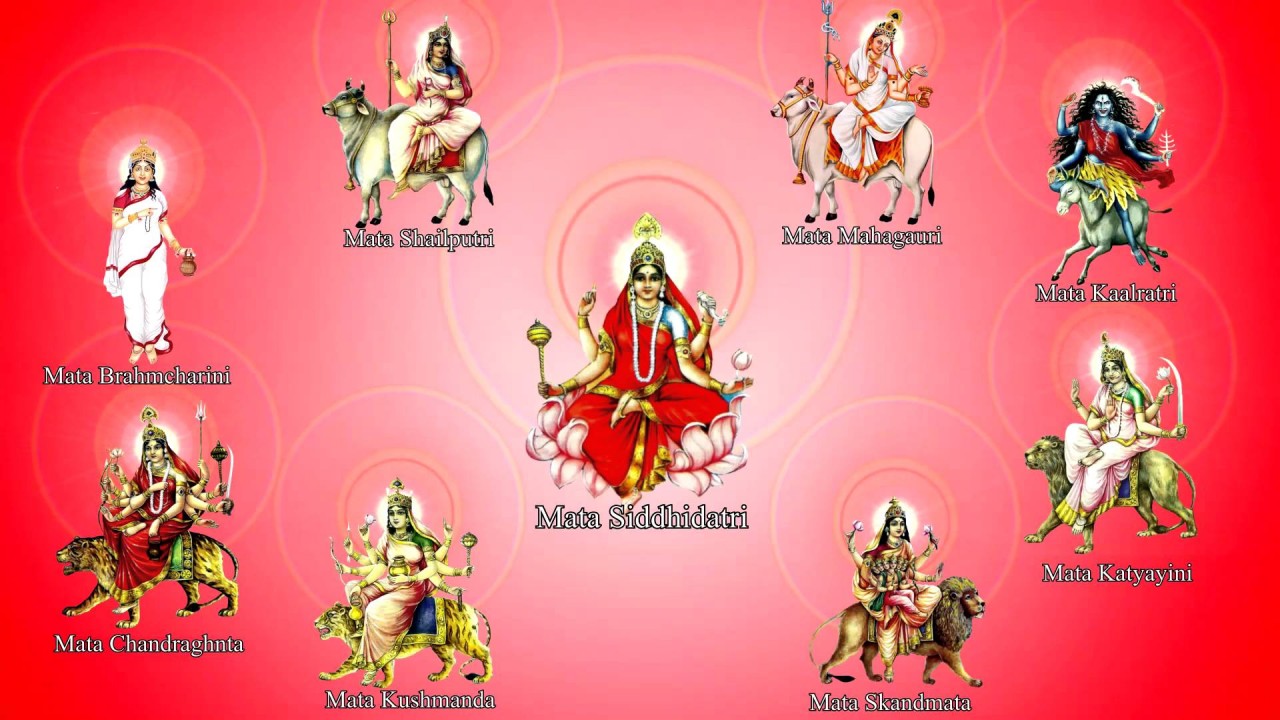Durga pooja brings the city in it’s full grandeur. The city is decorated exuberantly alike a bride and everyone eagerly awaits the homecoming of Goddess Durga. This particular festival has always been touted as an extravagant affair. Ten days full action packed, not a single day goes mundane and subtle. Every day comprises plethora of holy rituals taking place everywhere in the country.
Kolkata the city of Durga pooja where the true action emanates is considered a place to be during this festive season in order to witness the live celebration from close quarters. It’s just an irreplaceable experience altogether. This festival is primarily celebrated by Bengali’s in different parts of the world.
It’s that time of the year when you go pandal hopping at the eve of Durga Pooja. This festival marks the triumph of Goddess Durga over the evil demonic Mahishasura. Hence, this festival personifies the vanquishment of good over evil. This joyful festival encompasses spiritual inclination, mythological figures, holy rituals, larger than life “pandals” and extraordinary tableau’s of the sacred Goddess and her children Ganesha, Saraswati, Lakshmi and Karthik respectively.
Durga pooja lasts for ten long days which provides all with an opportunity to flourish bundle of happiness, joy, bonhomie and wishes to their loved ones with prosperity.
The nine various incarnations of the goddess such as:

- Shailaputri
- Bharmacharini
- Chandra Ghanta
- Kushmanda
- Skanda Mata
- Katyayani
- Kaal Ratri
- Maha Gauri
- Siddhidatri
These nine forms of manifestations of Goddess are worshipped during nine days. Last days of the festival Shashthi, Maha Saptami, Maha Ashtami, Maha Nabami and Vijaydashmi are hugely celebrated with great pomp and show. The durga puja merry making is not just confined to elaborate rituals, but goes to the extent of indulgence into an array of high voltage cultural activities, gigs and cultural performances. It is performed by amateur as well as professional bunch of artists. On the last and concluding day of Vijaydashmi, the devotees bid adieu teary eyed to the Goddess and her children as it is believed that they leave for their divine Himalayan abode. The deities are then immersed into the water among the strong sound of dhol to mark their departure.
Women take charge in this festival and it is a celebration of feminine characteristics such as dance, music, embellishment and decoration. It’s widely celebrated over 10 days in the month of October. It also symbolizes historic status bestowed upon women since time immemorial and how they held significant power and control in ancient India. The divine and sacred puja’s are conducted by various committees who start their preparation almost a year ago to the next pooja to give the best blissful experience to the devotees. This committee represents a particular neighborhood. They conduct fund raiser known as “chandaa” via door to door collections, subscriptions, concerts etc. These funds are accumulated and used for the construction of the pandal, holy ceremonies, food and beverages, diety sculpture.
It is be noted that even Corporate giants have contributed wholeheartedly for this divine festival. Entry into these pandals are made free for visitors. There is immense energy among the volunteers of every pandal to make their particular pandal the best, as at the end of 10 day long festivities, the best pandal is awarded with prize money and appreciation.
The massive process of giant sculptures from the collection of clay to accessorizing is a divine process supervised by rites and priest. On the Hindu date of Akshaya Tritiya, clay for the sculpture is assimilated from the banks of a river, mostly the Holy Ganges. Another old age ritual that goes into the making of sculpture is the collection of handful of soil (punya mati) from brothels and adding it to the clay mixture which goes into the formation of the Durga sculpture. After this is done with, the clay is transported. A paramount event is “Chakkhu Daan” signifies donation of eyes. Right from Devi Durga, the eyes of the sculptures are painted on Mahalaya or the very first day of the puja’s. Before painting on the eyes, the artisans fast for a day and consume vegetarian too. The image of Goddess Kali, which is worshipped by Bengalis, signify Goddess equipped with lethal weapons in her ten hands and astride a lion as her carrier, killing the Buffalo Demon, Mahishasur. This image of goddess Durga accompanied with her four kids represent inner strength that is necessary to be victorious from the eternal battle between the “Good” and the “Evil”.
In a conventional Bengali household, this festival lasts for ten days and the pivotal portion of the puja is confined to five days only. The fifteen days from the new moon to the full moon is called “Devi Paksha” or the fortnight of the Goddess
Hence, Durga pooja is considered as one of the biggest event of India. Today it is celebrated by one and all irrespective of diversity of culture and religion. People from all religious orientations actively involve in this yearly divine extravaganza. During this time everybody enjoys their social status. All colleges, schools and offices and even government organization are closed for the holy ceremony. This festival attracts tourists not only from India but also different regions of the world. Everybody celebrated this feel good joy. The scrumptious feast is another driving force to the pandals along with paying obeisance to the Goddess.






























































